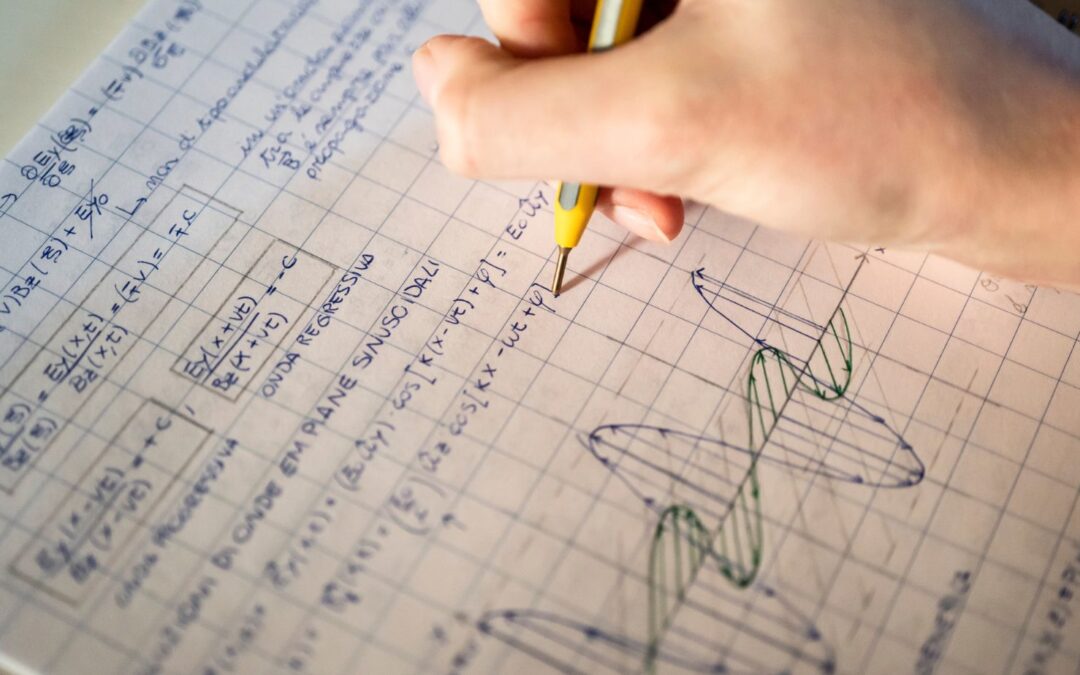Hey there! Ever wondered what happens when you divide 3 by 1/3? Well, you’re in the right place! In this article, I’ll break down the fascinating world of this mathematical operation and unravel the mystery behind it. Trust me, it’s not as complicated as it sounds. So, buckle up and get ready to dive into the world of fractions and division. By the end of this article, you’ll have a clear understanding of what happens when you divide 3 by 1/3 and why it’s an important concept to grasp. Let’s get started, shall we?
3 Divided By 1/3
When it comes to understanding division, it’s important to have a clear grasp of the basic concepts and principles involved. Division is a mathematical operation that is used to distribute or partition a quantity into equal parts. It involves the process of determining how many times one quantity fits into another.
In the case of “3 divided by 1/3,” we are essentially trying to find out how many times 1/3 can fit into 3. This can be interpreted as dividing 3 into equal parts, with each part being equal to 1/3.
To simplify this calculation, we can use the concept of reciprocals. The reciprocal of a fraction is obtained by interchanging the numerator and the denominator. In this case, the reciprocal of 1/3 would be 3/1 or simply 3.
We can rewrite the problem as 3 divided by 1/3, which can be expressed as 3 multiplied by the reciprocal of 1/3, which is 3/1.
Multiplying these two fractions gives us the result of 9. So, 3 divided by 1/3 is equal to 9.
Understanding the concept of division and how it relates to fractions is crucial for building a strong foundation in mathematics. It allows us to solve real-world problems, make accurate measurements, and analyze data effectively.
Dividing 3 by 1/3 may seem like a simple calculation, but it serves as a stepping stone for more complex mathematical concepts. By mastering the fundamentals of division, we can tackle higher-level math problems with confidence and accuracy.
Without a solid understanding of division, we may struggle with various aspects of math, such as fractions, decimals, percentages, and ratios. That’s why it’s important to take the time to grasp the concept fully and practice it regularly.
So, next time you encounter a division problem like “3 divided by 1/3,” remember to apply the reciprocal concept and confidently solve the equation to find your answer.

The Concept of Reciprocal
When it comes to division involving fractions, understanding the concept of reciprocal is key. The reciprocal of a fraction is simply flipping it upside down, or in other words, exchanging the numerator with the denominator.
Let’s apply this concept to the example of “3 divided by 1/3.” To solve this problem, we can rewrite it using the reciprocal of the fraction 1/3. The reciprocal of 1/3 is 3/1.
Instead of dividing 3 by 1/3, we can multiply 3 by its reciprocal, which is 3/1. Multiplying fractions is straightforward – we just multiply the numerators and the denominators. So in this case, multiplying 3 by 3/1 gives us a result of 9/1, which simplifies to 9.
By utilizing the concept of reciprocal, we have successfully solved the problem of “3 divided by 1/3” and obtained the answer of 9. This example demonstrates the power of understanding the reciprocal and how it can simplify the process of division involving fractions.
Understanding the reciprocal is not only useful in solving mathematical problems, but it also has practical applications in real-world scenarios. For instance, if you need to divide a recipe that calls for 1/3 of a cup by 3, you can apply the reciprocal and multiply 1/3 by 3/1 to get the correct amount of each ingredient.
The concept of reciprocal is an essential tool in solving division problems involving fractions. By flipping the fraction and multiplying, we can simplify the process and find the solution. Understanding the reciprocal opens up a world of possibilities in both mathematics and everyday life, making it a fundamental concept to grasp.
Jessica has a flair for writing engaging blogs and articles. She enjoys reading and learning new things which enables her to write different topics and fields with ease. She also strives to break down complex concepts and make them easy for anybody to comprehend.





